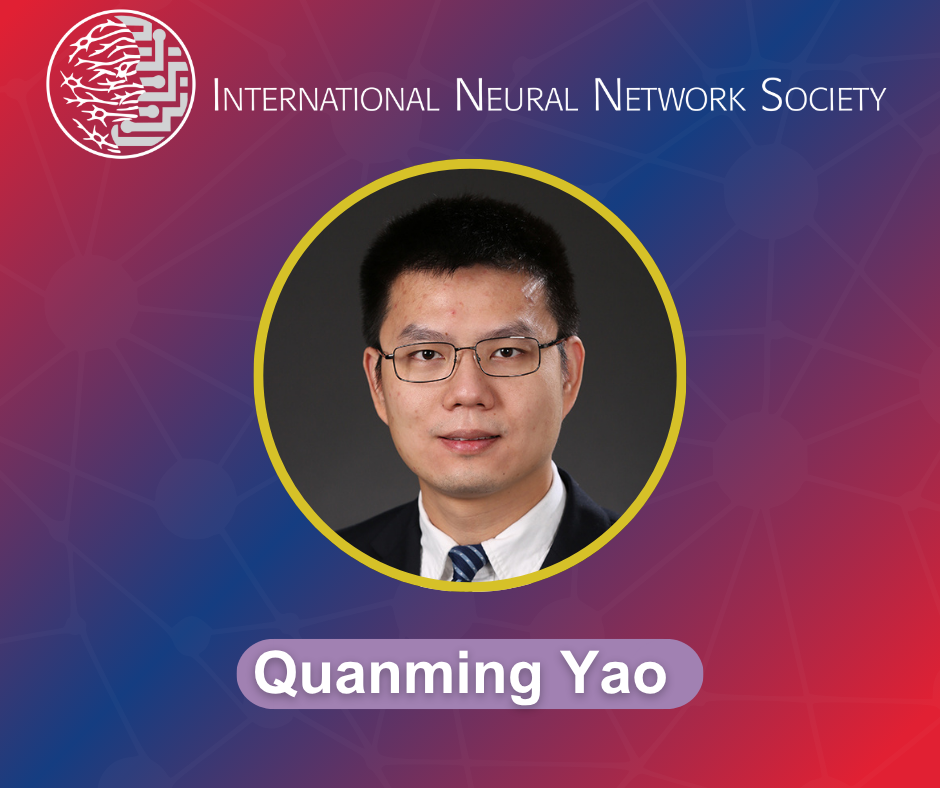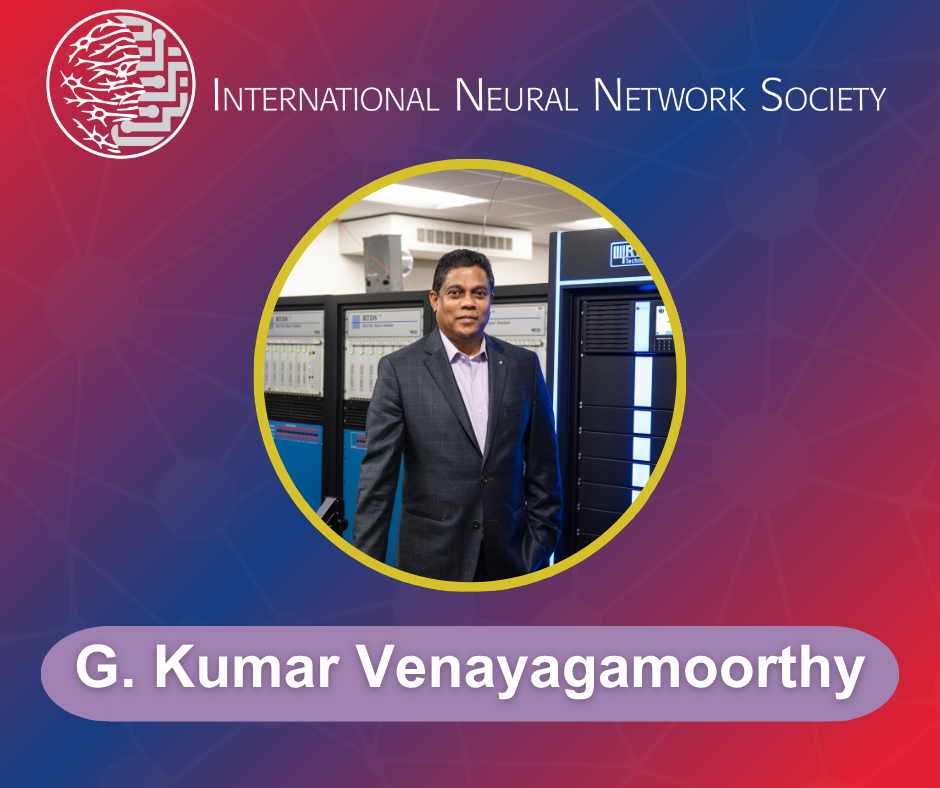INNS Webinar SeriesWelcome to the INNS Webinar Series. This collection of webinars serves as a virtual learning center for students and professionals to learn and engage in research activities related to neural networks. The portal features lectures from our Webinar Series. You are invited to attend the webinars live, held bi-monthly. Upcoming Webinars Abstract: This talk introduces and presents the groundbreaking and innovative Enterprise-wide AI Risk Management (EW-AiRM) framework as natural evolution of traditional Enterprise Risk Management (ERM) concepts for an emerging world and business environment dominated by Artificial Intelligence (AI). Focusing on practical implementation, it explores how EW-AiRM can be applied, adapted and tailored towards organisational needs in a rapidly moving, AI-augmented business environment. EW-AiRM achieves this by augmenting time-proven ERM approaches (based on COSO/ISO) with the MIT AI Risk Taxonomy and its 7 risk domains. Further, it looks at suitable mitigants for each of those to reduce residual AI risks to an acceptable level. Register NowMarkus Krebsz is an Honorary Professor at Stirling University and a Clinical Professor of Practice at Woxsen University. He is also the Founding Director of the Human-AI Institute (a founding member of the United Nations University Artificial Intelligence Network, UNU AI). His research focuses on developing policy recommendations, soft law and regulatory guidance for governments aimed at Artificial intelligence, Neurotechnology and Robotics ('AiNR-Tech'). Key areas include Regulatory Frameworks for AI, Innovative Enterprise Risk Management (EW-AiRM), Autonomous Robotics for Geospatial Modeling, and International Standards for Digital Technologies. Markus is a member of the UN / UNECE Working Party 6 (WP.6) since 2013, where he led the project on the Overarching Common Regulatory Arrangement of Products and/Services with Embedded AI (ECE/CTCS/WP.6/2024/11). He is an experienced Co-founder/NED/Board member with start- and scale-ups in the Civil society, DLT/Crypto, Neobanking, and sUAV ('drones') technology realms. He develops innovative methods deploying flying robots to autonomously collect aerial data and is currently researching how to deploy similar automation workflows for marine and submarine environments. Catch Up on Our Latest WebinarSijia Liu:
|

TiRex: Closing the Gap Between Recurrent and In-Context LearningWatch here |
|

Evolving Topological Learning Techniques for Vertical Domains
Watch here |
A complete listing of all previous webinars can be found in the INNS Webinar Series Archive.
Interested in Hosting an INNS Webinar?
If you or someone in your professional network are interested in hosting a webinar, please complete the form below.
Host a Webinar


 Bio-Inspired Intelligent Computing Technologies for Smart Grid
Bio-Inspired Intelligent Computing Technologies for Smart Grid